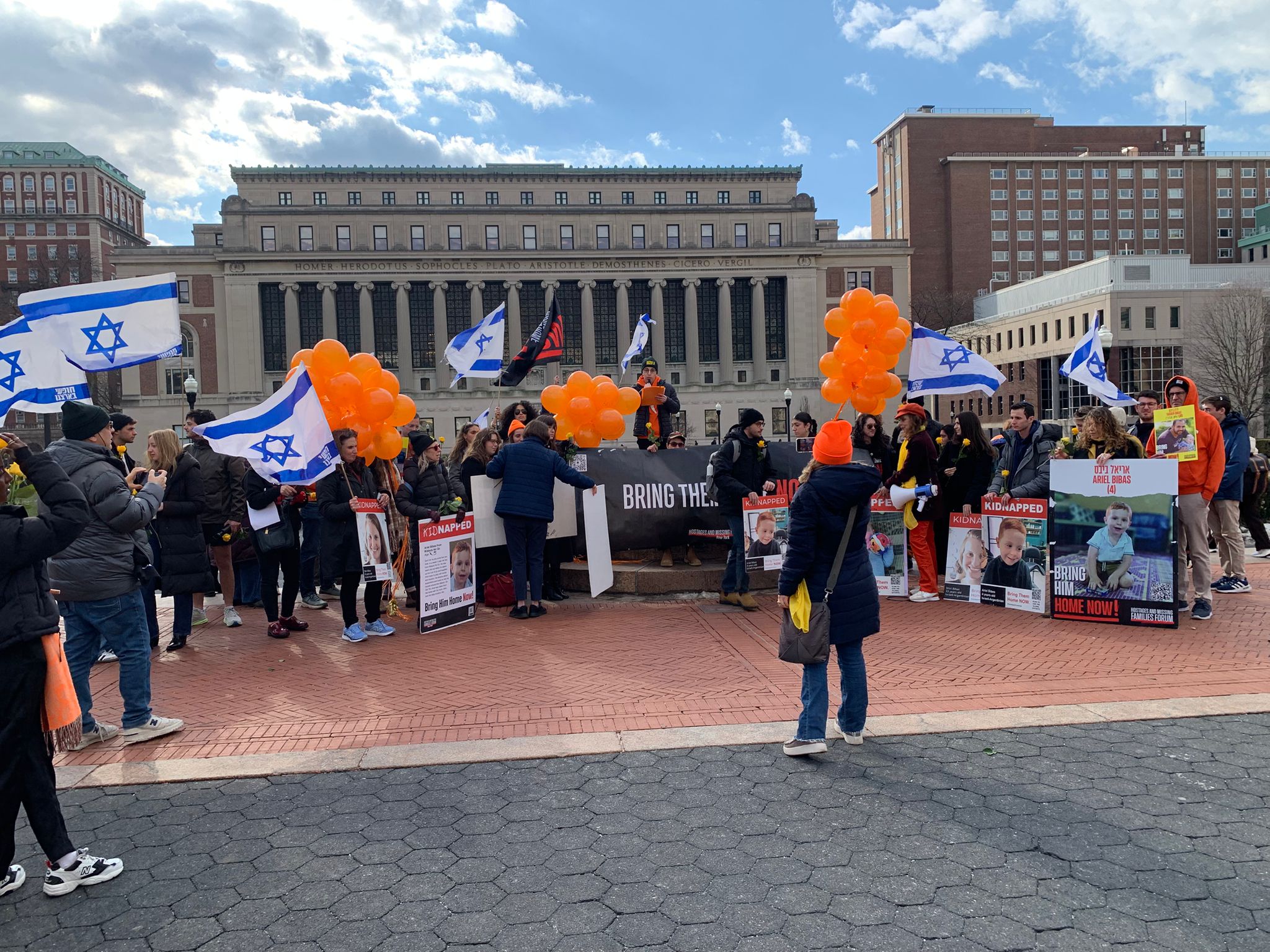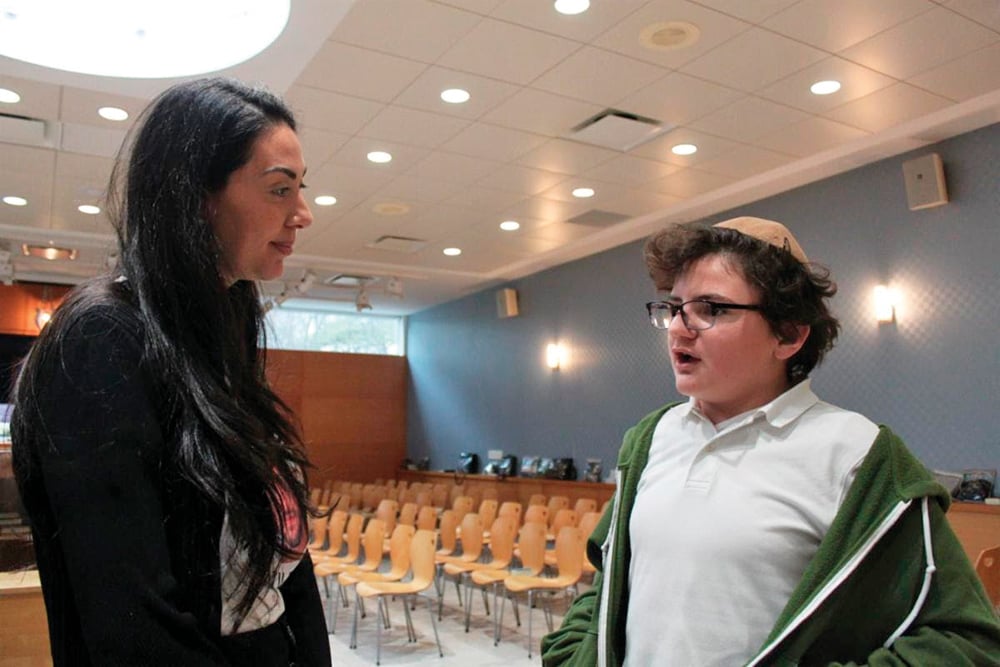Eighty-four years ago, on March 12, 1938, Austria was annexed by Nazi Germany. In January 1933, Germany’s Jews were already under the grip of Nazism with the rise of the Nazi party; five years later, Austrian Jewry would face that fate.
Their eventual descent into nightmare came with the Anschluss—the unification of Germany and Austria. At the time, there were about 200,000 Jews in Austria, and 170,000 lived in Vienna, a city of 1.9 million. About 30,000 were recent immigrants from Poland. About 80,000 were of mixed Jewish-Christian background, including converts from Judaism.
On February 12, 1938, Hitler arranged a meeting with the new Austrian Chancellor Kurt Von Schuschnigg and demanded Austrian Nazis be appointed to the government or face invasion. The chancellor in response asked for a national referendum on the matter. The notion was utterly rejected by Hitler, and on March 11, 1938, the chancellor stepped down as the German army crossed the border and marched into Austria. As German troops headed towards Vienna, Hitler, who was greeted by cheering crowds, called for an Anschluss. The following day, the Nazi government was established.
Years of anti-Jewish legislation enacted in Germany now applied to Austrian Jewry.
The only government to object to the Anschluss was Mexico, which filed a futile protest with the League of Nations. France, England and the United States did not act. British Prime Minister Neville Chamberlain, who would in a matter of months lead negotiations to cede the Czechoslovakian territory of the Sudetenland to the Nazis in return for a pledge of non-aggression, did not overly concern himself with the Anschluss, stating that since there was no prior agreement on the matter, there was no violation.
Hitler returned to Germany and called for a retroactive referendum on the annexation under the supervision of the German army for April 10, 1938. It was intended as a justification for the takeover of Austria. That day, 99.75% of Austrian voters—excluding Jews and “other unwanted citizens” who were prohibited from participating—voted in favor. Many were intimidated into supporting Anschluss in a manipulated election where the ballots contained the name and address of the voter on the back, and on the front two boxes. A small box stating ‘no’ and a large one ‘yes.’
However, there was also much popular support. Austrians were relieved that the German invasion was not violent (although that would change very soon). There was hope that with the Anschluss the suffering economy would improve as the Germans had promised.
There was also growing support for Nazism in Austria since the Nazi rise to power in Germany in 1933, and after being flooded with Nazi propaganda. Another reason was the prevalence of antisemitism in Austria. Many Austrians saw the Anschluss as an opportunity to be rid of the country’s Jews. Many Austrians were involved in the war crimes of the Third Reich. The SS, concentration camp personnel and heads of concentration camps were disproportionately highly represented by Austrians who made up 8% of the Third Reich.
The phrase “Juden Raus,” “Jews Out” became popular as a call to throw the Jews out of Austria, which was the same nation where in 1867 the Jews were granted equal rights and were protected by the Emperor Franz Josef.
There was an eruption of antisemitism.
Jews were given brushes, even tooth brushes, to clean the streets while onlookers cheered with joy. Just days later, Austrian Nazis forced Jews to scrub political signs from the previous government off the sidewalks. The picketing of Jewish shops by Nazi thugs and ordinary citizens discouraging patronage began. Jewish children were forced to write the word “Jude” on their parents’ shops. Jews were being beaten on the streets.
The World Jewish Congress appealed to League of Nations members to come to the aid of Austrian Jewry, “exposed completely to Nazi barbarism.” The message continued, “The voices of Austrian Jewry’s brethren ask whether the civilized world will fulfill its duties.” This plea, as others for humanitarian aid during this dark era, was ignored.
By March 18, 1938, offices of the Jewish community and Zionist organizations were closed down. Leaders were imprisoned, some were tortured. Jews were fired from their jobs.
Jewish welfare offices were besieged by the desperate and destitute. Emergency aid was provided by the Joint Distribution Committee. The funds were administered via the Israelitische Kultusgemeinde Wien (Vienna Israelite Community), the only Jewish organization allowed to function at the time. Soup kitchens were set up.
As in Nazi Germany, the persecution of Jews was systematic. Successive measures were imposed against Austrian Jewry.
The first transport of Jews and political prisoners to the Dachau concentration camp left Vienna on April 1, 1938.
In April 1938, 16,000 Jewish school students were moved to segregated, all-Jewish schools. At the end of the school year these schools were closed.
On April 27, Jews with total assets over the equivalent of $2,000 were ordered to declare them within two months.
On May 20, 1938, the Nuremburg laws of 1935, which defined who is a Jew in Nazi racial terms were introduced into Austria.
On July 2, public parks became forbidden to Jews.
On August 20, 1938, stepping up efforts to force Jews out, the central office of Jewish emigration was now headed by senior Austrian SS officer, the infamous Adolf Eichmann, who had Jews surrender their assets before being allowed to emigrate.
The Mauthausen concentration camp located in Northern Austria was established in August 1938.
At the end of September 1938, Jewish doctors were permitted to treat only Jews, while Jewish lawyers could represent only Jews.
Already in a state of despair, Austrian Jewry was hit with savage brutality on Kristallnacht November 9-10, 1938. Nazis were joined by civilian mobs in an all-out assault on Austrian Jewry. Synagogues were torched. Four thousand Jewish shops were vandalized; 6,000 Jews were deported to Dachau, and about 2,000 to the Buchenwald concentration camp. Those promising to emigrate and leave their property behind were released. Twenty-seven Austrian Jews were murdered.
The mad, frantic search for sanctuary became even more desperate. Some refuge was found in Great Britain and other European nations, the United States, China (mostly to Shanghai), Mandatory Palestine, South America, South Africa and Australia. By May 1939, almost half of Austrian Jewry had left. Another 28,000 were able to emigrate before the outbreak of war in September. In total, 126,445 Jews managed to leave before the outbreak of the war in September 1939. One week later, the Deutsches Volksblatt newspaper of Vienna urged a “pitiless anti-Jewish boycott” until the last Jew was forced to emigrate from Austria. By the summer of 1939, 27,000 Jewish-owned shops and businesses had been closed or confiscated by the government.
By October 1939, the first deportations of Austrian Jews by Eichmann’s orders to the detention camp in Nesko, Poland commenced.
By December 1940, Vienna’s remaining Jews, some of whom were forced from outside communities to move into Vienna, were numbering about 50,000, mostly unemployed and living in apartments with other families.
In October 1941, the Nazis halted all Jewish emigration and began systematic deportations. On October 15, deportations began to the Lodz Ghetto in Poland. Vienna was the first city to carry out deportations. About 47,500 Jews were deported from Vienna to ghettos in Eastern Europe, where most were executed by Einzatzgruppen death squads.
By November 1942, about 7,000 Jews remained in Vienna.
By the end of 1944, only 6,000 Jews were left in Vienna, and 65,000 had died in ghettos and concentration camps.
Without the firing of a shot, Nazism came to Austria with the arrival of the German army. The takeover of Czechoslovakia would soon follow, further enhancing the military strength and position of Nazi Germany. The Anschluss was a large step towards world war.
Just 113 Austrians who saved Jews are mentioned among the Righteous of the Nations at the Yad Vashem, a much lower number than their European neighbors.
For the Jews of Austria who had enjoyed freedom in a society that saw many accomplishments by Jews in many fields, Nazism arrived and their world abruptly changed to one of horror.
The Anschluss is a tragic and calamitous moment in history to be remembered.
Larry Domnitch is the author of “The Impact of World War One on the Jewish People,” Urim Publications. He lives in Efrat.













